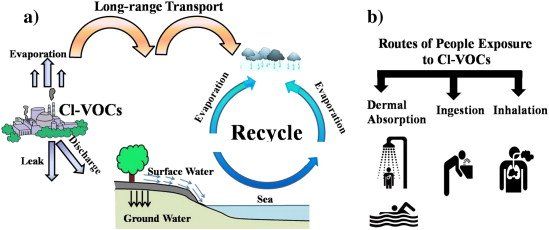Volatile Organic Compounds
Volatile Organic Compounds
BACKGROUND ON VOLATILE ORGANIC COMPOUNDS (VOCs)
VOCs are common ground-water contaminants. They are compounds that have high vapor pressure and low water solubility. VOCs are typically a by-product produced by chlorination in water treatment or industrial solvents such as trichloroethylene or fuel oxygenates. They are often components of petroleum fuels, hydraulic fluids, paint thinners, and dry cleaning agents.
WHY TEST FOR VOLATILE ORGANIC COMPOUNDS?
They are EPA regulated contaminates present in your drinking water and the air you breathe. Through spillage and runoff they can end up in your water supply. VOCs are usually introduced to groundwater through human activity. Once in the groundwater precipitation can also carry them to water supplies. VOCs are most commonly found in groundwater well supplies more so than cities.
HEALTH CONCERNS
According to the EPA
Health effects may include eye, nose, and throat irritation, headaches, loss of coordination, nausea, damage to liver, kidney, and central nervous system, and some organics can cause cancer in certain animals.
SOURCES OF VOLATILE ORGANIC COMPOUNDS
VOCs are emitted by a wide array of products numbering in the thousands. Examples include: paints and lacquers, paint strippers, cleaning supplies, pesticides, building materials and furnishings, office equipment such as copiers and printers, correction fluids and carbonless copy paper, graphics and craft materials including glues and adhesives, permanent markers, and photographic solutions.
REMEDIES
The best way to remove VOCs is through a carbon filter. The filter will absorb the carbon based VOCs.
See below links for more information

